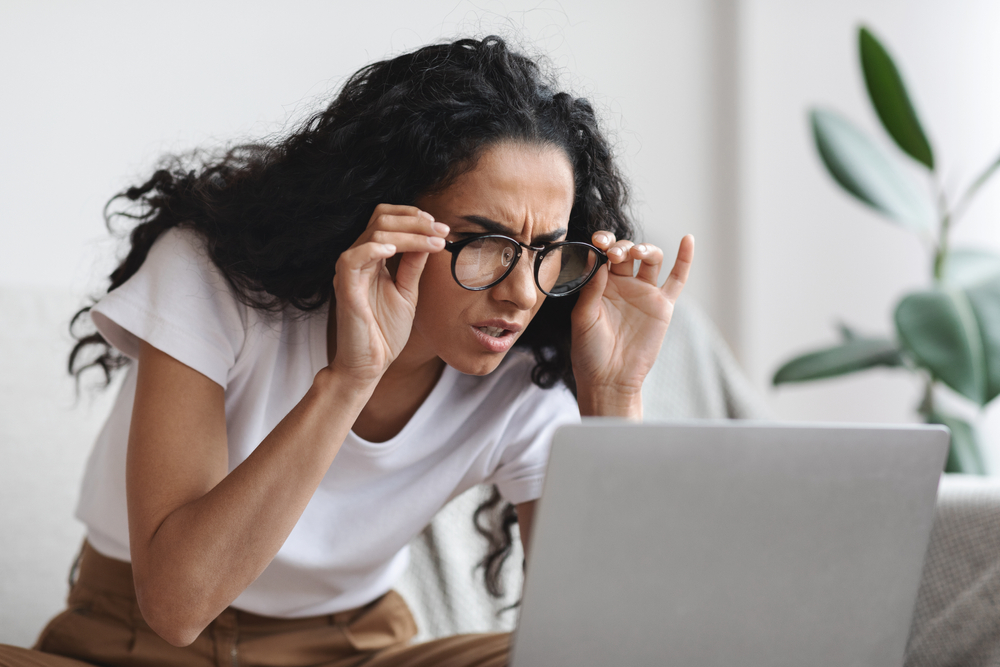
Low vision is a term that many people may not be familiar with, but it's a condition that affects millions around the world. It's not just a simple problem that can be fixed with a pair of glasses or a new contact lens prescription. Low vision is a chronic, often progressive, visual impairment that significantly impacts a person's ability to perform daily activities.
What is Low Vision?
Low vision is an eye disorder involving an impaired vision that can't be corrected with standard eyeglasses, contact lenses, medications, or even surgery. It's not a total loss of sight, but it's a significant reduction in visual function.
Contrary to common misconceptions, low vision is not a natural part of aging. While aging can trigger certain eye conditions that can lead to low vision, such as macular degeneration or glaucoma, not everyone will experience low vision as they age. It's also not blindness. Those with low vision may have difficulty reading, recognizing faces, or navigating within their environment, but they still retain some useful vision.
Low vision isn't a singular disease or condition; it's the result of a variety of diseases and injuries affecting the eye. Conditions such as age-related macular degeneration, glaucoma, diabetic retinopathy, and cataracts can all cause low vision. Accidents or injuries to the eye can also result in this condition.
The 5 Signs of Low Vision You Shouldn't Ignore
The first sign is a decreased ability to see details. This could be struggling to read small print, even with your glasses on, or having trouble recognizing faces.
The second sign is difficulty distinguishing colors. You may find it challenging to tell similar colors apart or notice that colors appear washed out.
Thirdly, you might have a reduced field of vision. This means having difficulty seeing objects in your peripheral vision or feeling like you're looking through a narrow tube.
The fourth sign is sensitivity to light or glare. You might find that you need more light to see clearly, or you may struggle with glare from bright lights.
Lastly, the fifth sign is trouble adapting to changing light levels. This could mean difficulty adjusting your vision when moving from a well-lit room to a darker one, or vice versa.
The Impact and Dangers of Ignoring Low Vision
Ignoring these signs of low vision can have serious consequences. The most apparent impact is a significant reduction in your quality of life. Difficulty in seeing can lead to problems with daily tasks such as reading, cooking, driving, or even just moving around your home. This can result in a loss of independence, causing emotional distress, frustration, and possibly even depression.
Additionally, ignoring the signs of low vision can be dangerous. If you're unable to see clearly, you're more likely to have accidents, such as falls or collisions. This is especially true for older adults, who are already at a higher risk for falls.
Ignoring low vision can also lead to a delay in diagnosing the underlying cause. Remember, low vision is a symptom, not a disease. It's often the result of eye diseases like macular degeneration or glaucoma, which can progress if not treated early, leading to further vision loss.
How Low-Vision Devices Can Improve Quality of Life
Despite the challenges that come with low vision, there are ways to adapt and maintain a high quality of life. Thanks to advancements in technology, a variety of low-vision devices are available that can significantly improve daily living. These devices range from simple magnifying glasses to high-tech digital gadgets that can enlarge text, convert written words to speech, or provide enhanced contrast for easier viewing.
For instance, handheld magnifiers can assist with tasks like reading labels or menus, while stand magnifiers can be useful for longer reading tasks. There are also software programs that can enlarge the text on a computer screen or convert text to speech, making it easier to use a computer or smartphone.
The benefits of low-vision devices are immense. They can restore the ability to carry out tasks independently, such as reading, writing, cooking, or shopping. This can lead to increased self-esteem and a better quality of life.
Don't Ignore the Signs of Low Vision
Low vision is a serious condition that affects millions of people worldwide. However, with early recognition and intervention, its impact on quality of life can be significantly reduced. By understanding the signs of low vision and seeking professional help when these signs are noticed, you can take steps to manage the condition, adapt, and maintain your independence.
If you've noticed any of these 5 signs of low vision, don’t ignore them. Visit EyeXcel at our Knoxville, Tennessee, offices. Call (865) 687-1232 or (865) 243-8260 to discuss any questions with our team of experts or to schedule an appointment today.










